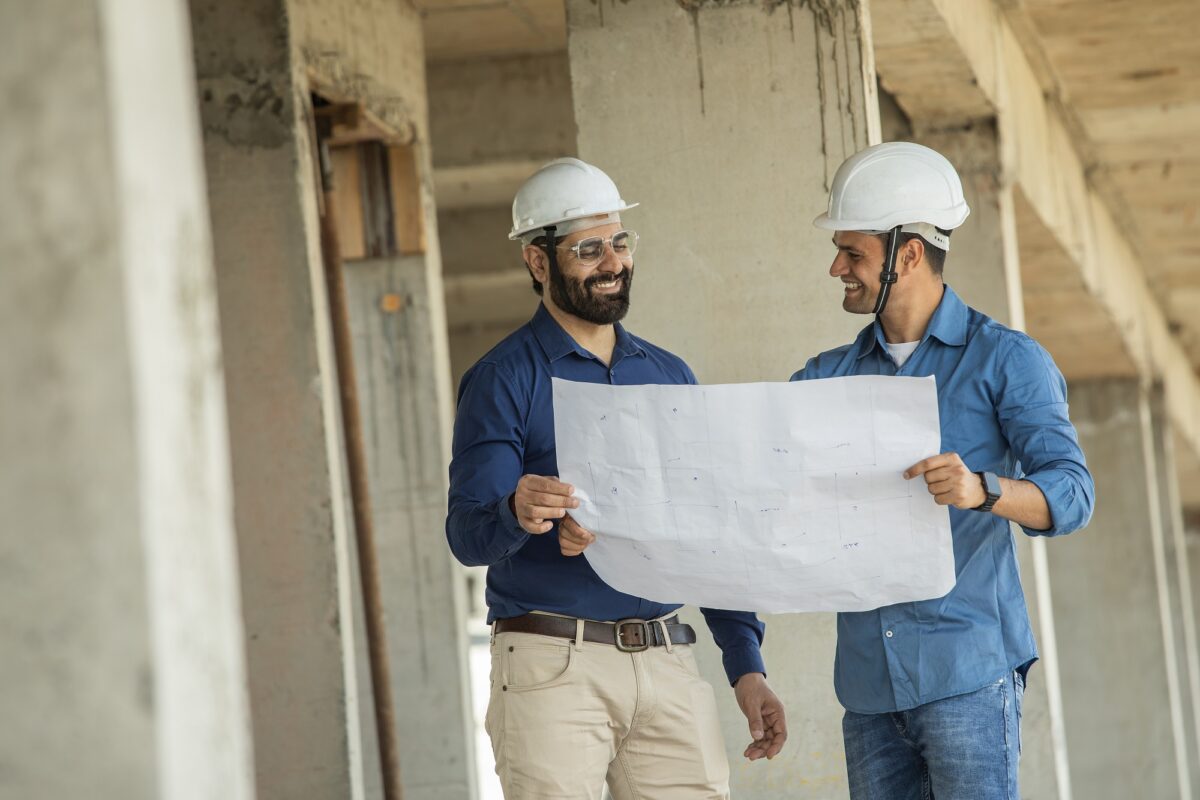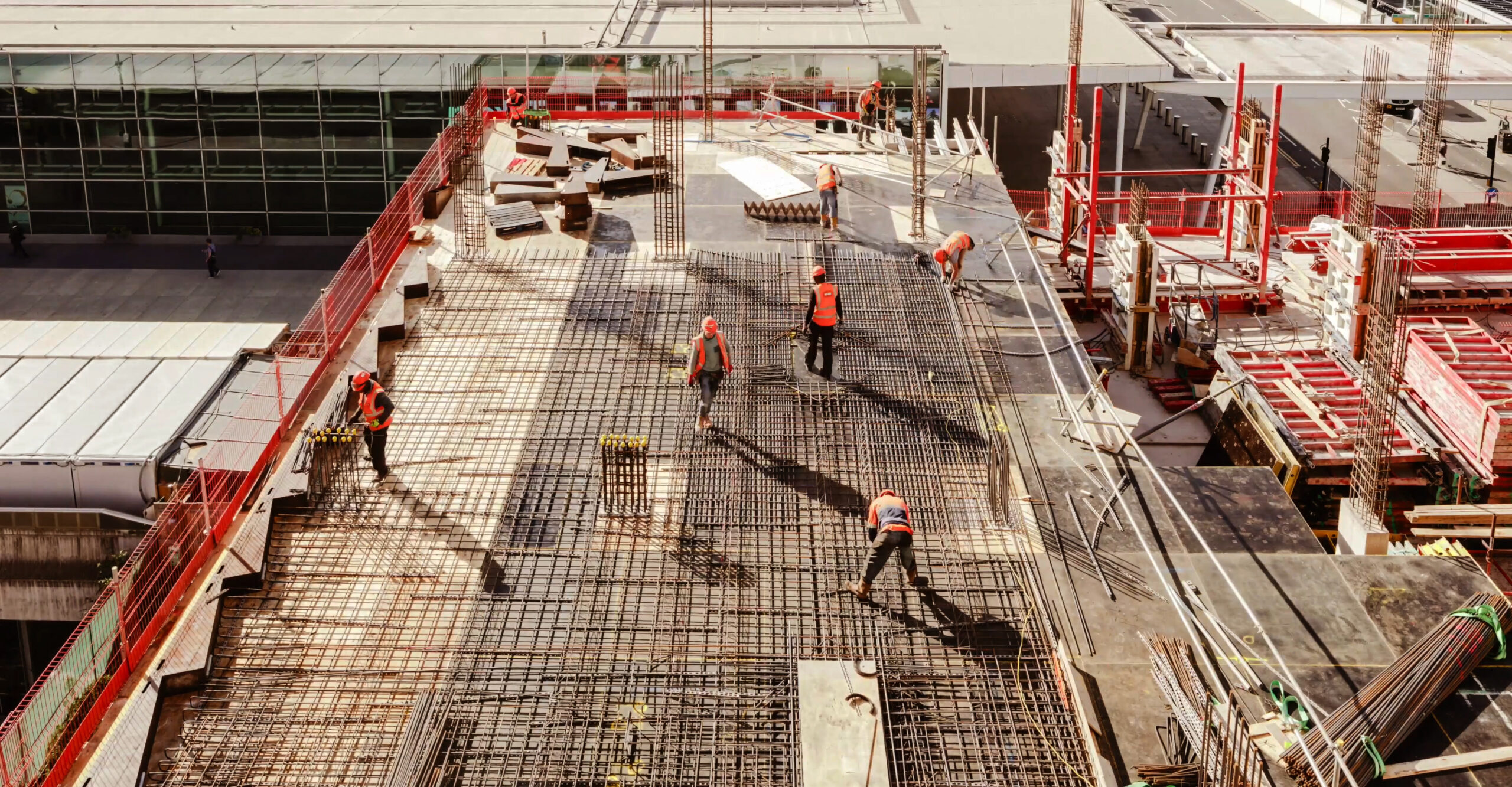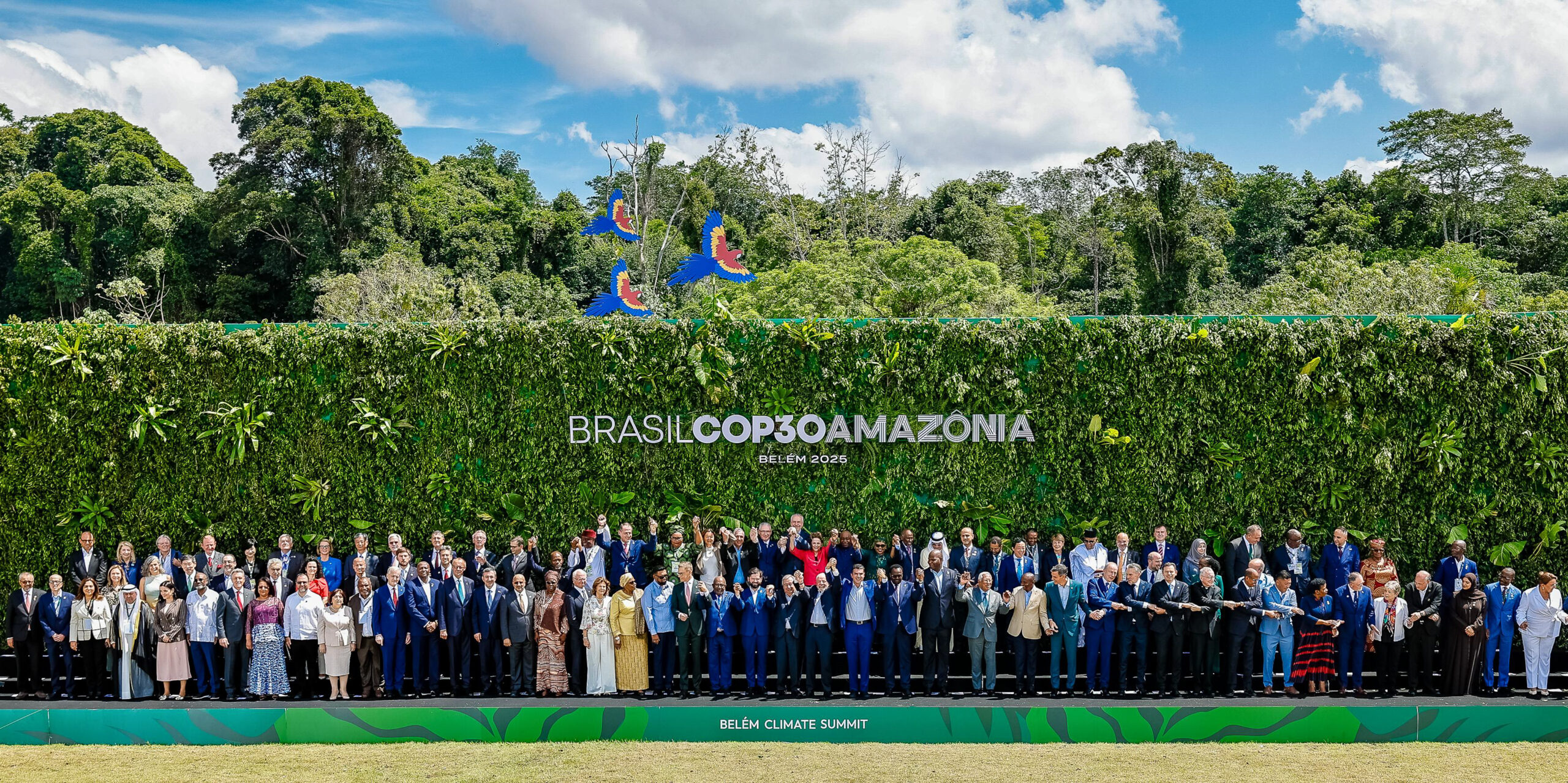The built environment in India comprising a huge 32% of the nation’s carbon emissions – and ‘embodied carbon’ a third of that contribution – addressing the challenge of carbon-intensive materials used in construction is critical. Today, Build Ahead is excited to launch its Build Better embodied carbon measurement tool as an important step to understand, measure, and tackle our ambitions for a sustainable urban environment.
In recent years, India has experienced a remarkable surge in construction activity, reshaping its urban and rural landscapes at an unprecedented pace. The current market size of India’s real estate sector is pegged at USD 477bn and is expected to grow more than ten-fold to USD 5.8tn by 2047.
With 51% of India’s population expected to be living in urban centres by 2047, the urban housing shortage, currently estimated at 19mn would have to be narrowed, necessitating large volumes of new construction.
Why embodied carbon matters
Embodied carbon refers to the amount of greenhouse gas emissions generated from the extraction, production, transportation and disposal of building materials, products and services used in construction – and contributes to 30% of emissions from the built environment. While today the remaining 70% of emissions stem from operational carbon associated with energy consumption during use phase of the building, the increased use of renewable energy and implementation of energy efficiency measures, the share of embodied carbon emissions is expected to increase to 50% by 2050.
Moreover, the need to address embodied carbon is immediate—once a building is constructed, these emissions are locked in. Given the urgency of the climate crisis, addressing embodied carbon is crucial for reducing emissions and meeting global climate targets.
How we can measure embodied carbon
The first step to addressing this challenge is to develop a shared understanding of what is included with embodied carbon, and to enable measurement of its footprint for any building. Measuring embodied carbon involves a comprehensive lifecycle assessment (LCA), with key steps including:
- Material quantification: Identifying all materials used in the project.
- Emission factors: Assigning carbon intensity values to each material based on production processes, transportation, and energy sources.
- Calculation and aggregation: Summing emissions across all stages of the material lifecycle.
While sources such as Environmental Product Declarations (EPDs) provide standardised data on the embodied carbon of materials, performing an LCA for a building can be a complex and time-intensive exercise without the right tools, creating bottlenecks in measurement and abatement of embodied carbon emissions.
To streamline the process, embodied carbon tools are required to enable developers, architects, engineers, and sustainability professionals to measure the embodied carbon footprint. However, access to such tools is either an expensive affair or the tools themselves are too complex to implement, resulting in lower adoption and implementation of such tools in India.
Introducing Build Better, our embodied carbon measurement tool
Xynteo’s Build Ahead coalition has created an open-access embodied carbon measurement tool, called Build-Better. This innovative tool uses a simplified process to measure the embodied carbon emissions from material consumption in construction – and aims to transform how developers accelerate their decarbonisation journey by enabling a deeper understanding of their carbon footprint.
By integrating this tool into project workflows, developers can better understand their embodied carbon footprint and focus their efforts to significantly reduce their embodied carbon footprint, driving progress toward a more sustainable built environment.
Create a login ID and utilise the tool for free by clicking below:
Launch Build BetterKey features of Build Better:
- Automated calculations: Quick and accurate carbon assessments, using India specific context, without the need for complex inputs.
- Material databases: Database with India specific emission factors. Using product level information on carbon intensity linked to specific manufacturers
- Benchmarking: Benchmarking to understand performance of the building in comparison to IGBC’s Net-Zero Carbon Rating and LETI benchmarks.
- Provideing top contributors’ information – enabling development of specific implementable insights
Metrics and measures of Build Better:
- 29 defined building categories and sub-categories
- 27 materials categories, integrated into the tool
- 215 materials sub-categories
- 120 Manufacturer-specific emissions intensity data from India-specific Environmental Product Declaration (EPDs)
Build Better snapshots:

With Build Better, developers have access to significantly deeper embodied carbon insights, enabling them to make better, more sustainable, choices. This tool adds to the toolkit available, and we encourage any organisation who would like to learn more about it, or how to integrate it into their operations, to get in touch.
Create a login ID and utilise the tool for free by clicking below:
Launch Build BetterAbout Build Ahead
Build Ahead is an industry-first coalition of forward-leaning businesses aiming to support India’s pledge of achieving net-zero emissions by increasing the adoption of low carbon building materials in real estate, construction and infrastructure projects.
Build Ahead coalition is working on supporting the built environment on its journey towards decarbonisation and helping advance on India’s pledge for net-zero emissions. We believe in the power of ‘with’ – bringing together public and private stakeholders to tackle challenges too complex for any single organisation to solve alone. This tool is an testament to our efforts, and enables the real estate developers and practitioners in understanding and addressing the embodied carbon challenge in the built environment.
–
Stay up to date with our latest interviews by following us on social media (LinkedIn I Twitter), or Contact Us to find out how we can help your leaders and organisation create people and planet-positive impact.



